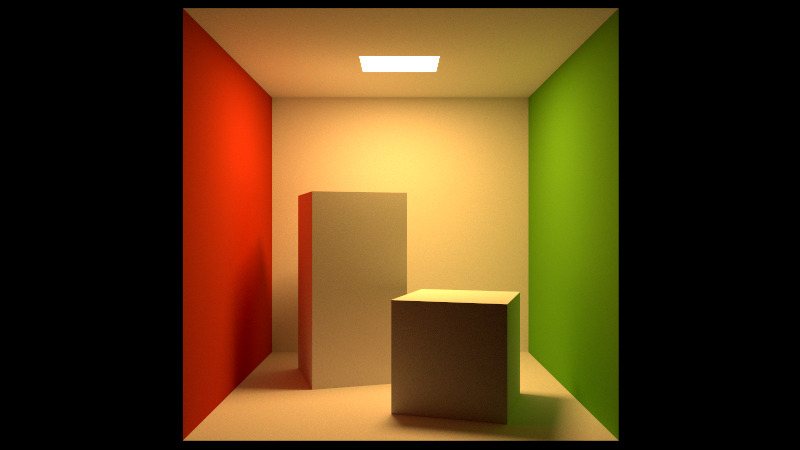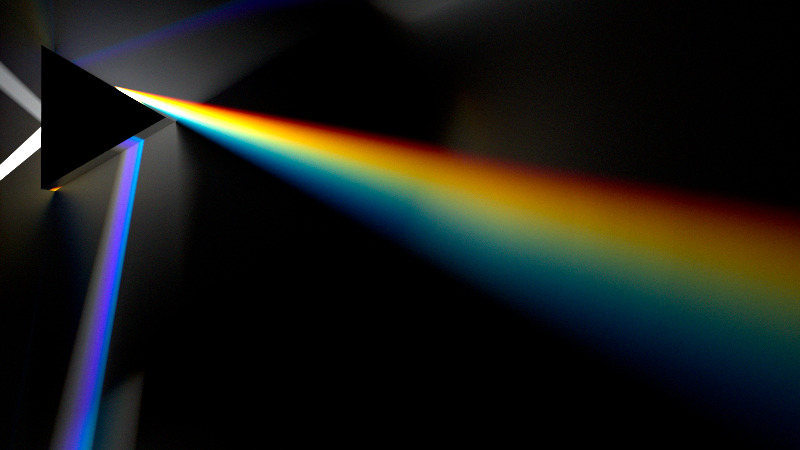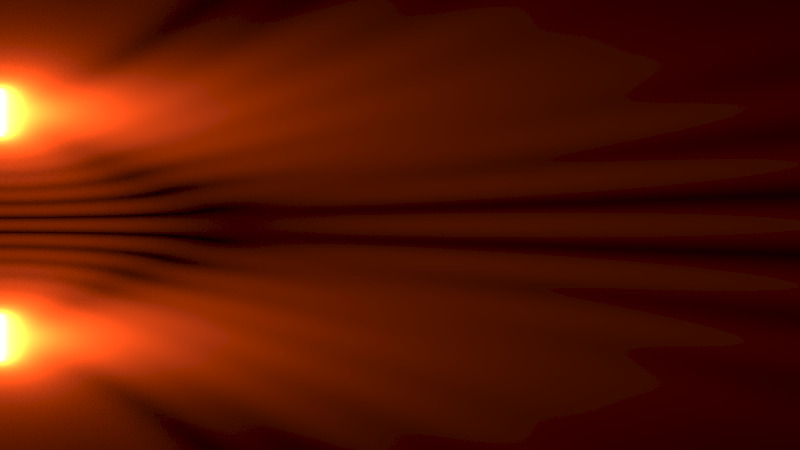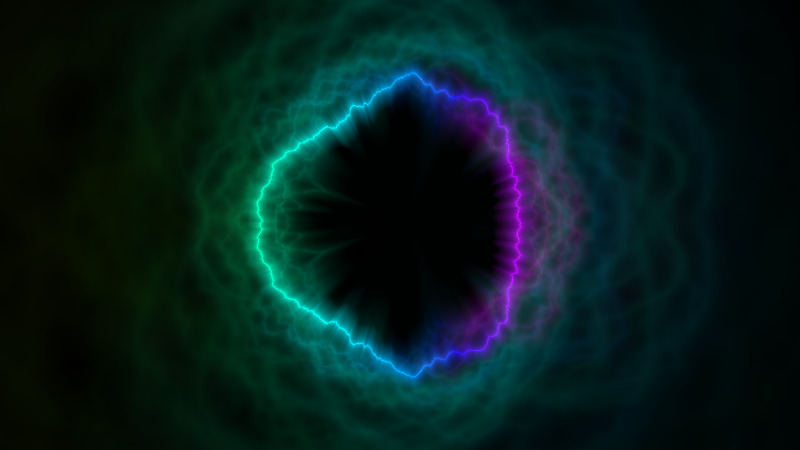Shadertoys
Here is a partial list of some of my Shadertoys. You can find all my Shadertoys on my profile page: https://www.shadertoy.com/user/stack_overflow.
Spectral Cornell box
This Shadertoy renders a Cornell box in spectral using the official specifications for spectral reflectance. Those are resampled each 1 nm to ease the computations. It uses XYZ Colour Matching Functions (CMFs) to transform radiance for a wavelength to a tristimulus.
It is not meant to be fast but simple and as close as possible with the Cornell’s specifications with a proper tone mapping. Some improvements can be made but are not going to be done in this version to keep it as simple as possible.
Dispersion by a prism
Shows the dispersion by a prism made of Dense flint glass SF10.
You can tweak the index of refraction and the light dispersion in cauchy_ior
function from Common tab (from line 144).
You can also change the orientation of the prism by changing the PRISM_ROT define
in Common tab.
Demo
This shader was created for an AFIG (Association Française d’Informatique Graphique) Shadertoy contest in 2020. It won the second place.
Colour matching functions
This Shadertoy shows the comparison between various Colour Matching Functions (CMFs).
- CIE 1931 2°
- Judd & Vos 2°
- CIE 1964 10°
- CIE 2006 2°
Shown in range 380 - 720 nm (left to right).
Intensity from 0 to 1 (bottom to top).
Interferences
Interferences caused by two slits (Young experiment). Viewed from top. A vertical slice is what would be observable on a screen. I used Fresnel vectors to accumulate both amplitude and phase shift.
You can change the slits’
- Aperture with horizontal click and drag.
- Distance with vertical click and drag.
You can change the wavelength by pressing on your keyboard:
- 4 -> 400 nm
- 5 -> 500 nm
- 6 -> 600 nm
- 7 -> 700 nm






